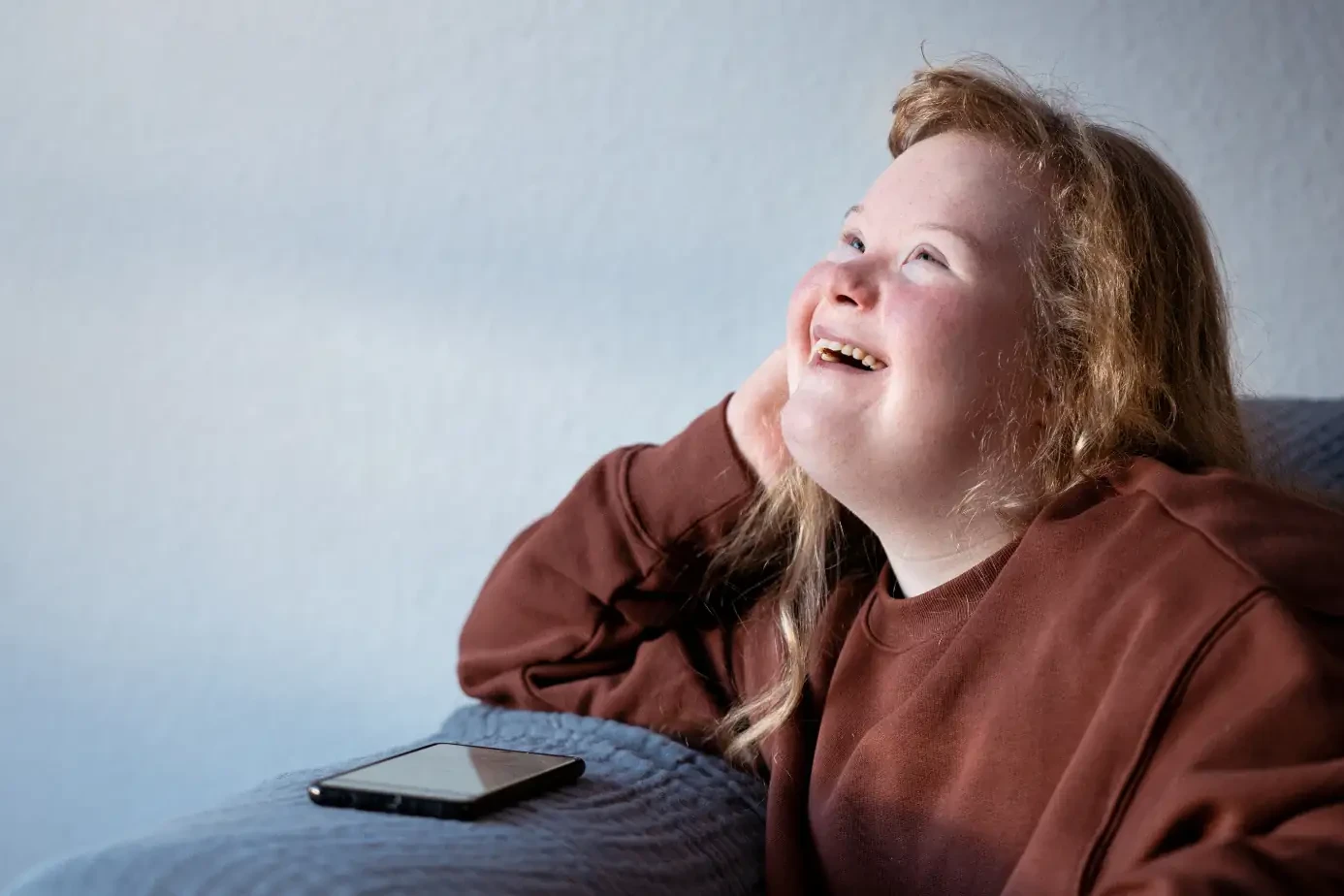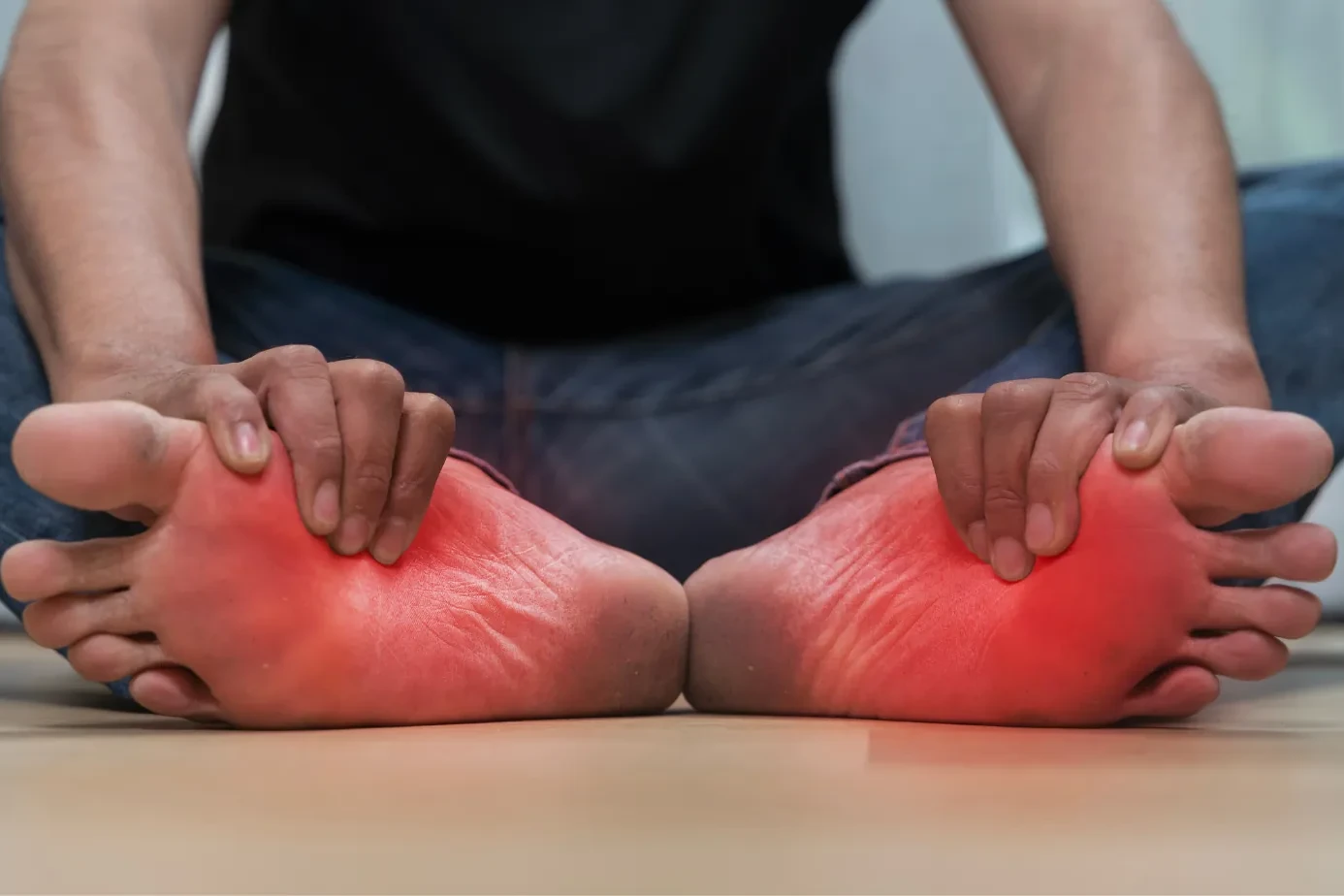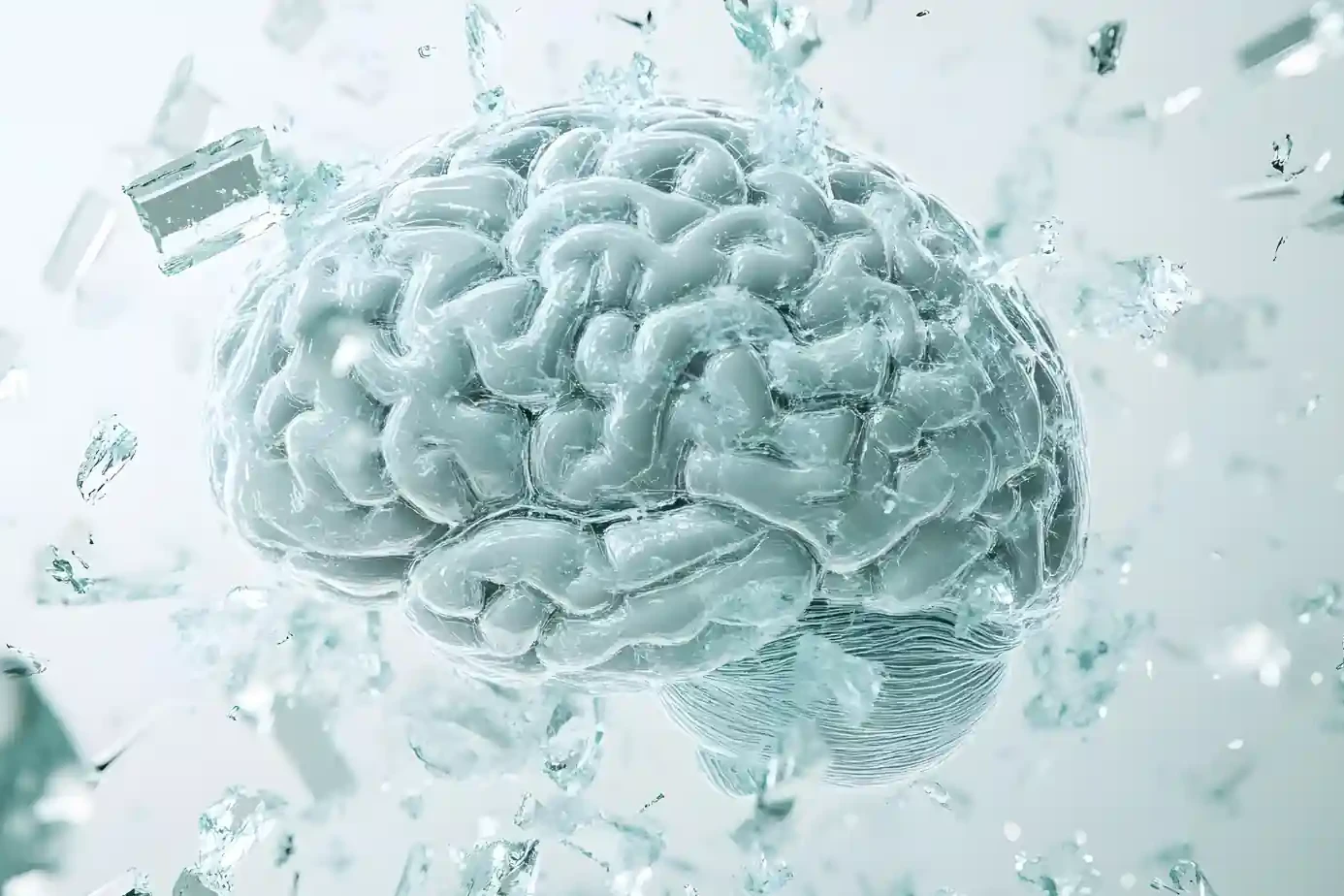Table of Contents
ToggleLife After a Stroke: A Comprehensive Guide to Recovery and What to Expect
A stroke is a critical medical emergency affecting millions worldwide, with India witnessing over 25 lakh stroke cases annually. Unfortunately, less than one percent of these cases receive timely treatment, making strokes a significant health concern in the country. Whether the stroke is caused by a blocked blood vessel (ischemic stroke) or a ruptured blood vessel (hemorrhagic stroke), survivors often face permanent and debilitating deficits.
Life After a Stroke survivor’s journey is challenging, marked by numerous battles to regain a sense of normalcy in their lives. In this extensive guide, we will explore the immediate aftermath of a stroke and the long-term care issues and problems that may arise after being discharged from the hospital. Additionally, we will discuss the available options for managing these post-stroke challenges effectively.
Life After a Stroke: An Overview
The Life After a Stroke is an intricate and multi-faceted process. It encompasses not only the physical recovery of the survivor but also the emotional and psychological adjustments needed for the individual and their support network. Here is what to expect after a stroke:
- Physical Impairments: Stroke survivors often experience physical impairments, such as hemiparesis (weakness on one side of the body) or paralysis. Spasticity (muscle tightness) may develop with time, causing muscle loss due to limited use. Physiotherapy and rehabilitation are essential to combat these issues.
- Communication Difficulties: Aphasia, a condition affecting speech, language, and communication, may arise post-stroke. Speech therapy and specialized exercises are key components in regaining communication skills.
- Cognitive Challenges: Stroke survivors may encounter cognitive issues, including memory problems, reduced attention span, and difficulty with problem-solving. Occupational therapy can be invaluable for addressing these challenges.
- Emotional Impact: Coping with Life After a Stroke emotional impact is ongoing. Many survivors experience depression, anxiety, frustration, and helplessness. Seeking support from mental health professionals, counselors, and support groups can aid in managing these emotions.
- Changes in Daily Living: Stroke often necessitates adjustments to daily activities. Simple tasks such as bathing, dressing, and preparing meals may require adaptations. At the same time, home modifications may be essential for safety and accessibility.
- Medication and Monitoring: Stroke survivors typically require long-term medication to manage risk factors that contributed to the stroke, like high blood pressure. Regular medical check-ups and monitoring are vital.
- Support System: The role of family and friends is crucial in Life After a Stroke survivor’s recovery. Building a strong support system is indispensable for both emotional and practical assistance.
Challenges Post-Discharge
After being discharged from the hospital, stroke survivors face several hurdles:
- Rehabilitation and Therapy: Ongoing rehabilitation and therapy are imperative for regaining lost functions and preventing complications. Stroke survivors may require physical, speech, and occupational therapy, creating accessibility and commitment challenges.
- Medication Management: Successfully managing medications, including proper organization and adherence to prescribed regimens, can be complicated. Organizers and medication management apps may help ensure timely intake.
- Home Modifications: Stroke survivors may need home modifications to enhance safety and accessibility. Occupational therapists can evaluate and recommend necessary adjustments.
- Emotional Support: Coping with the emotional impact on Life After a Stroke is an ongoing process. Accessing emotional support from therapists, support groups, and social networks is crucial.
- Financial Strain: Stroke care, rehabilitation, and long-term medical needs can significantly burden survivors and their families. Navigating the financial aspects, including insurance coverage and support systems, can be complex.
- Diet and Lifestyle Changes: Significant dietary and lifestyle changes may be necessary to manage risk factors and promote recovery. Guidance from healthcare providers and gradual adaptation to changes are essential.
Managing Life After a Stroke Challenges
While Life After a Strokestroke challenges can be overwhelming, there are various ways to manage them effectively:
- Rehabilitation and Therapy: Commit to recommended rehabilitation and therapy. Consistent, dedicated efforts can lead to significant improvements.
- Medication Adherence: Use tools like pill organizers and medication management apps to ensure timely intake. Regular check-ups with healthcare providers are essential for monitoring progress and making necessary adjustments.
- Home Modifications: Consult with an occupational therapist to evaluate and implement home modifications. A safe and accessible living environment is crucial.
- Emotional Support: Seek emotional support from therapists, support groups, and your social network. Open communication and expressing your feelings help alleviate emotional distress.
- Financial Planning: Engage with financial advisors or social workers to navigate the financial aspects of stroke recovery. Explore available resources and support options.
- Diet and Lifestyle Changes: Work with a registered dietitian to create a dietary plan supporting recovery and addressing risk factors. Embrace lifestyle changes gradually, seeking guidance from healthcare providers.
In conclusion, life after a stroke is marked by numerous challenges that require a comprehensive approach. Stroke survivors and their families should be well-informed and proactive in addressing these challenges. Building a strong support system, adhering to medical recommendations, and seeking professional guidance are key elements in the journey to recovery and improving the quality of life after a stroke.
Life After a Stroke Recovery: The Brain’s Healing Process
The human brain is a complex and remarkable organ. While neurologists continue to uncover its mysteries, it remains resilient and capable of recovery when provided with the right support. The brain can regenerate and restructure its cells to compensate for lost functions and aid in recovery.
One key aspect to remember is that stroke patients can continue to recover for up to two years from the initial stroke event, making it essential to stay determined and focused on recovery. The brain’s remarkable capacity for adaptation and change should instill hope and motivation throughout recovery.
Life After a Stroke Challenges and Their Solutions
A stroke can result in many physical and cognitive challenges for survivors. Here are some common issues faced by stroke patients and ways to address them:
- Weakness or Paralysis: Weakness on one side of the body, known as hemiparesis or paralysis, is a common consequence of stroke. Without proper therapy, individuals may develop spasticity or tightness in muscles and experience muscle atrophy due to underuse. Regular therapy routines, guided by a therapist, can help strengthen muscles, reduce spasticity, and assist with daily activities.
- Speech and Language Deficits: Stroke often leads to speech and language deficits. Speech routines and exercises have proven extremely beneficial in recovering communication skills. Working with a speech therapist is a key step in regaining these abilities.
- Swallowing Difficulties: Many stroke patients experience difficulty swallowing. Contrary to the belief that water is easy to swallow, it should only be offered to patients who pass a swallowing test. Mishandling water can lead to water entering the lungs, increasing the risk of pneumonia. Swallowing exercises, guided by a speech therapist, can aid in regaining this crucial function.
- Bladder and Bowel Control: Some stroke survivors may become incontinent and require assistance with urination and bowel movements. In such cases, medications may be used to facilitate these bodily functions. It is essential to work closely with healthcare professionals to manage these issues.
- Depression: Up to 50% of stroke patients may experience depression, which can significantly hinder their progress in therapy and overall recovery. Maintaining a positive and elevated mood is vital. Seeking support from mental health professionals and participating in support groups can greatly assist in overcoming depression.
Life After a Stroke Recovery: An Ongoing Journey
While recovery is possible, not all stroke patients will regain full independence. According to the American Stroke Association, around 35-40% of stroke survivors experience limitations in basic activities of daily living six months after their stroke. Another 40% may experience moderate to severe impairments, and 10% may require care in a nursing home or another long-term care facility.
References:
About The Author

This article is medically reviewed by Dr. Chandril Chugh, Board-Certified Neurologist, providing expert insights and reliable health information.
Dr. Chandril Chugh is a U.S.-trained neurologist with over a decade of experience. Known for his compassionate care, he specializes in treating neurological conditions such as migraines, epilepsy, and Parkinson’s disease. Dr. Chugh is highly regarded for his patient-centered approach and dedication to providing personalized care.
→ Book a consultation to discover which remedies suit your needs best.




